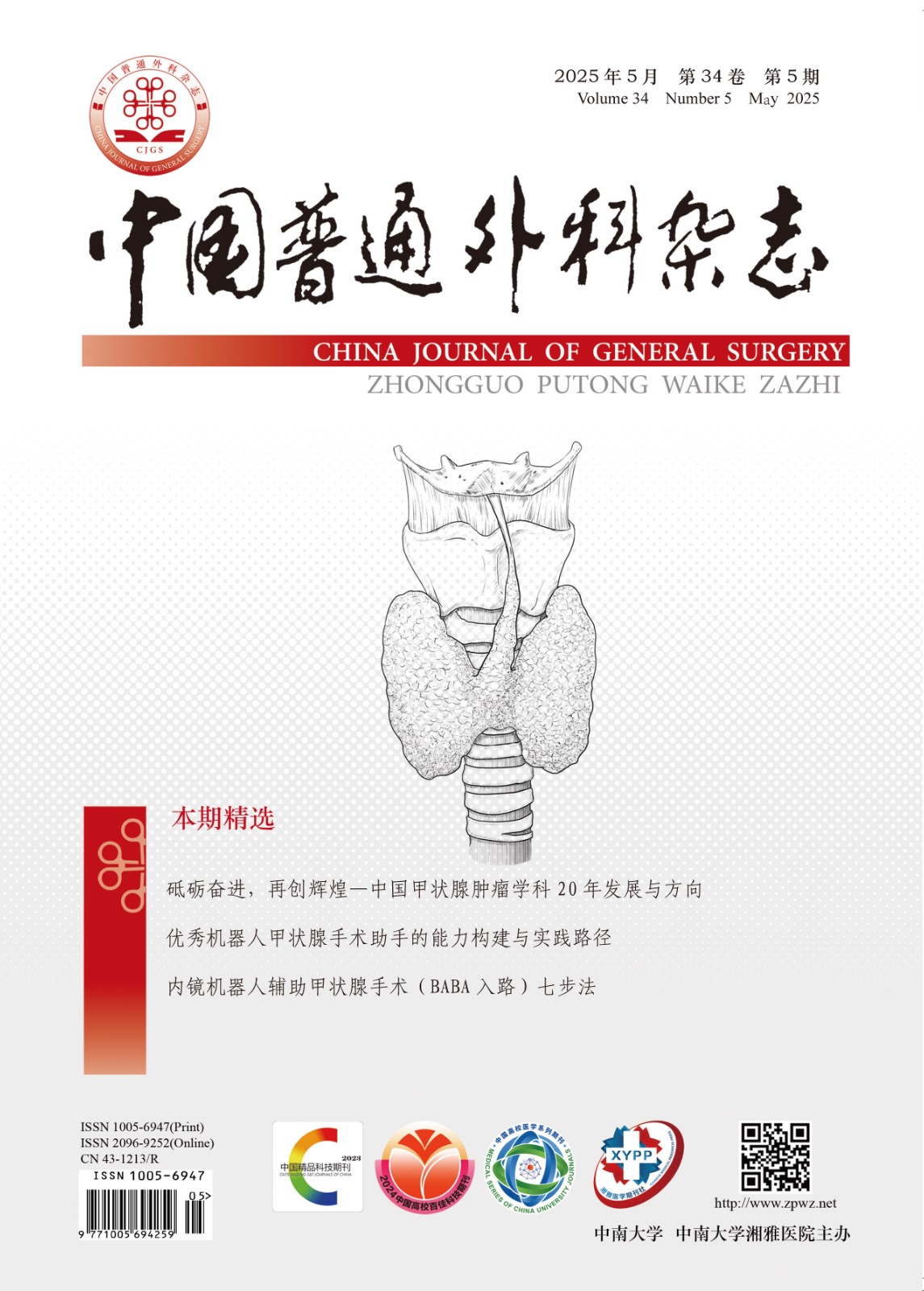Abstract:Background and Aims: Cancer-related inflammation is not only associated with tumor proliferation, maintenance and dissemination, but also is critical for tumor angiogenesis, adaptive immune disorders and impaired chemotherapy response. Accordingly, a number of specific score systems have been established on the basis of inflammatory markers that have been validated as prognosticators for therapy responses and outcomes in patients with solid malignancies. This study was conducted to determine the clinical value of prognostic index (PI) for long-term results in patients with pancreatic ductal adenocarcinoma (PDAC).
Methods: The clinical data of PDAC patients who received pancreatectomy in the Panjin Liao-Oil Gem Flower Hospital from January 2011 to 2014 December were retrospectively analyzed. The PI scores were calculated via preoperative C-reactive protein levels and white blood cell counts. Among patients with different PI scores (0, 1 and 2), the differences in clinicopathologic characteristics and survival rate were compared. The risk factors for postoperative survival of PDAC patients were also determined.
Results: Of the 112 patients, 37 cases had a PI score 0, 51 cases had a score 1, and 24 cases had a score 2. There were no statistical differences in the basic data among the three groups of patients (all P>0.05). Analysis of clinicopathologic features showed that there were statistical differences among three groups of patients in terms of preoperative CA19-9 level, TNM stage and vascular invasion (χ2=10.929, 3.029, and 7.540, all P<0.05), and no significant differences were noted in tumor size, surgical method, degree of tumor differentiation, nerve invasion, postoperative complications, and postoperative adjuvant chemotherapy (all P>0.05). The follow-up time was 9–81 months, with a median follow-up time of 13 months. During the follow-up period, 103 patients died, and 9 patients survived. The results of survival analysis showed that the 5-year survival rate was decreased with the elevation of PI score (score 0:18.9%, score 1: 3.9% and score 2: 0.0%; χ2=9.195, P=0.010). Univariate analysis showed that tumor size, CA19-9 level, TNM stage, degree of tumor differentiation, PI, and postoperative adjuvant chemotherapy were significantly related to the 5-year survival rate of PDAC patients (χ2=4.881, 8.377, 15.022, 5.349, 9.195, and 4.066, all P<0.05). Multivariate analysis showed that CA19-9 >37 IU/mL (HR=1.639, 95% CI=1.073–2.506, P=0.022), TNM stage III (III vs. I: HR=2.210, 95% CI=1.229–3.974, P=0.008; II vs. I: HR=1.925, 95% CI=1.081–3.426, P=0.026) and PI score 2 (2 vs. 0: HR=2.083, 95% CI=1.190–3.645, P=0.010; 1 vs. 0: HR=1.764, 95% CI=1.101–2.828, P=0.018) were independent risk factors affecting the postoperative survival of PDAC patients.
Conclusion: PI is an independent risk factor for the postoperative prognosis of PDAC patients, and those with a higher PI may have a worse prognosis. However, evaluation in larger controlled studies is needed before introduction of PI into clinical practice as a prognostic indicator.

